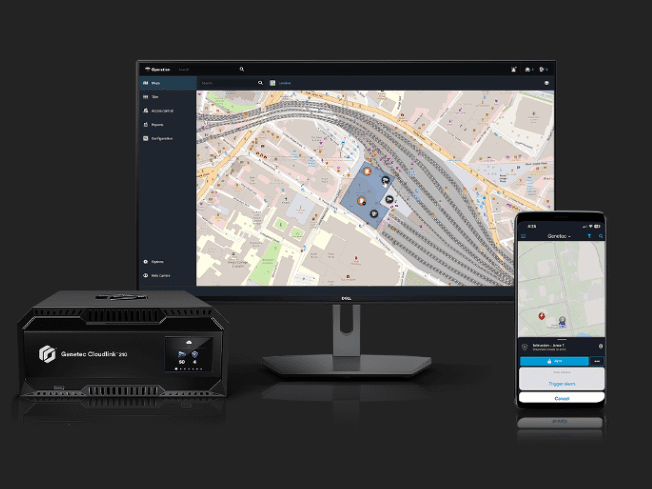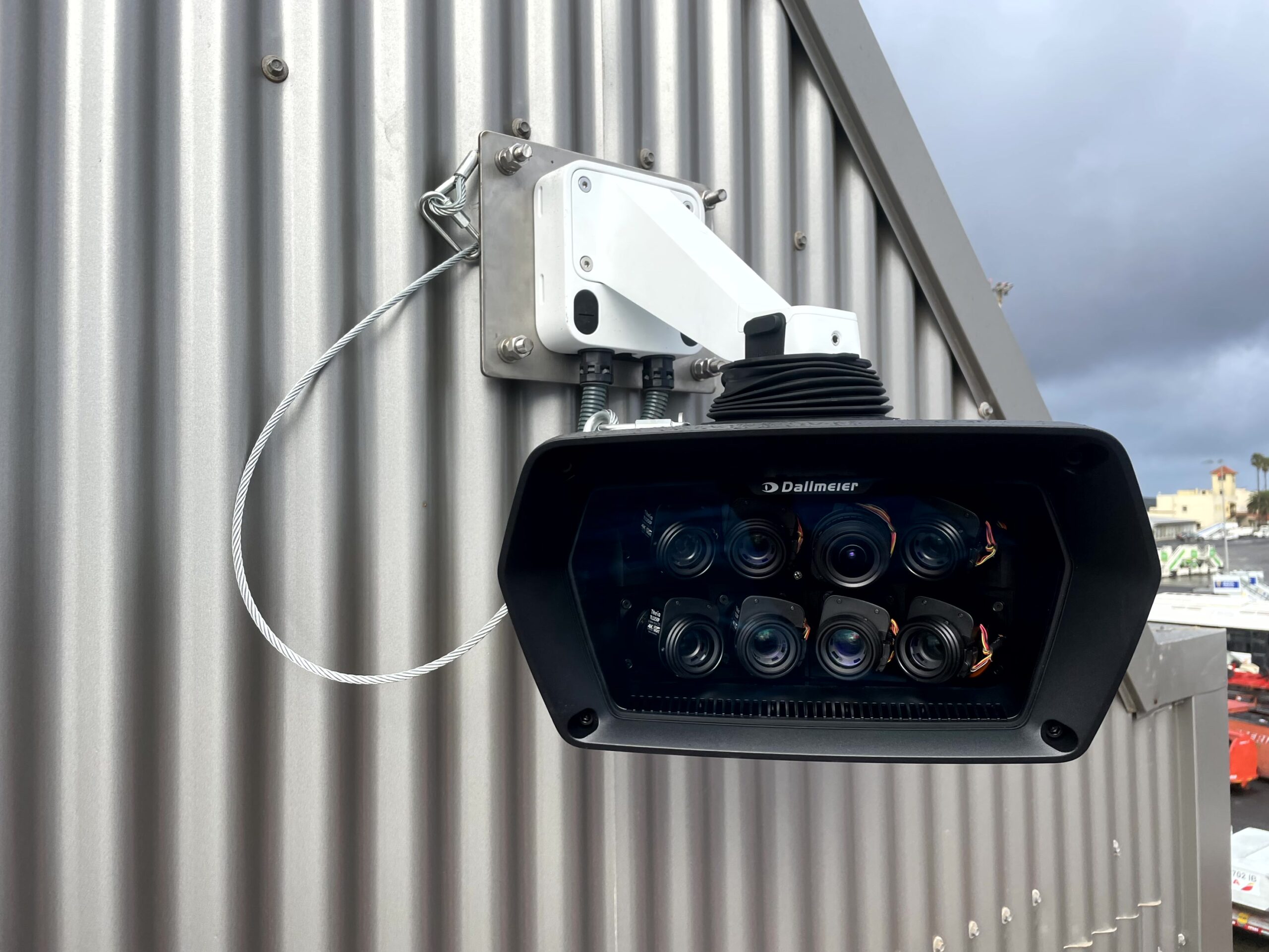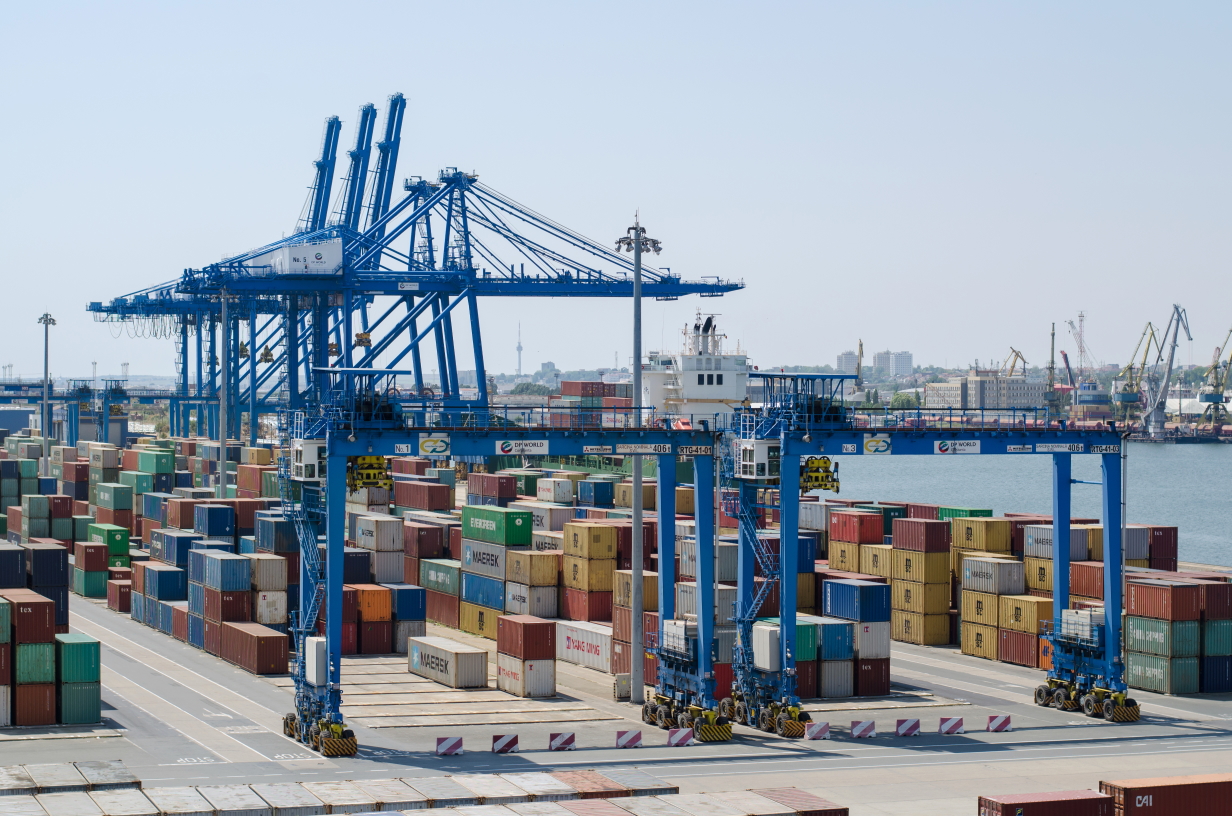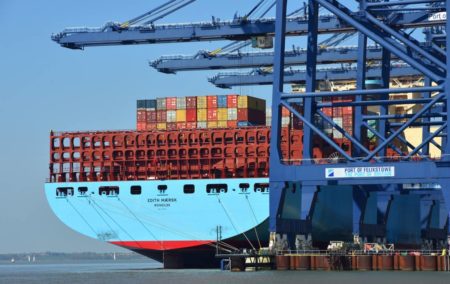Thought-led article by Richard Menear, CEO of Burning Tree.
The maritime industry plays a vital role in the global economy, with shipping responsible for as much as 90% of trade worldwide.
Unfortunately, the marine sector faces a huge problem: cyber crime.
The rapid digitisation of core functions has had many benefits for seafarers and maritime authorities, but it has also created a web of vulnerabilities for cyber criminals to exploit. And with our latest data indicating a massive 400% increase in weekly cyber events, digital security will likely present significant issues for all major shipping carriers in 2023 and beyond.
So, what is behind the ever-growing list of cyber threats facing the maritime industry, and what are the key considerations for mitigating cyber risk in this sector?
Understanding the causes of maritime cyber crime
The marine sector has been quick to embrace digital transformation, deploying advanced technologies such as artificial intelligence (AI) and the internet of things (IoT) to improve efficiency, reduce carbon emissions and ensure the safety of ships and their cargo.
However, the more marine equipment becomes integrated with technology, the more there is to lose in the event of a breach. Hackers are well aware of this digital dependency and use it to wreak havoc on critical infrastructures, launching an endless barrage of phishing and ransomware attacks on vulnerable systems.
The threat to maritime cyber security has heightened in the last year following Russia’s invasion of Ukraine. Russian-based cyber criminals and state actors are working hard to improve their capabilities, sharing highly advanced cyber weaponry to disrupt communications and conduct cyber espionage across the world.
To make matters worse, the increasing interconnectedness of global supply chains presents new levels of risk. If one chink is compromised, the consequences could ripple far and wide. For example, a cyber attack on Transnet, South Africa’s major port operator, led to the shutdown of multiple port systems across the country. The breach caused weeks of downtime and cost millions of dollars.
Despite these threats, many organisations still rely on outdated, unsupported operating systems for mission-critical functions — from cargo management to navigation. And as the industrial IoT (IIoT) links high-risk devices with countless others in the same network, hackers gain new gateways to extend their reach.
In today’s tech-savvy world, almost anyone could have the power to bring cyber operations to a halt. So, there is no time to waste for marine and offshore authorities to take preventative action with a holistic approach to cyber risk management.
Renewing cyber security efforts in the marine sector
With high inflation and geopolitical tensions reducing maritime freight, many shipping carriers will avoid making cyber security investments to cut costs, leaving a concerning number of systems exposed. So, whilst the cyber security industry struggles with labour shortages, mariners and maritime organisations must assess dynamic risks and fill skills gaps to ensure the safety and continuity of sea-based operations.
The International Maritime Organization (IMO) and other regulatory bodies have enacted several legislations to improve digital security in maritime environments. For example, the IMO Resolution MSC.428(98) came into force in January 2021, requiring ship owners and managers to ensure cyber risk management is included in vessel safety management systems.
However, for these policies to be effective, mariners must begin to see cyber security as a collective responsibility. Around 80 to 90% of cyber attacks are attributed to human error, making training and awareness one of the core elements of protecting individuals, organisations and infrastructures against cyber crime.
On a broader scale, the industry requires action beyond the defence of national and organisational interests. The maritime industry needs digital policing on an international scale to cut off funding for cyber criminals and prevent them from developing malicious software — before it can pose a threat.
We are pleased that many shipping companies are collaborating with western chief information security officers (CISOs) to bring more visibility to these threats. Still, we hope to see organisations developing these relationships in new territories — whilst remaining mindful of potential threat actors in the east.
To read more news and exclusive features see our latest issue here.
Never miss a story… Follow us on:
Security Buyer UK
@SecurityBuyerUK
@SecbuyerUK
Media Contact
Rebecca Morpeth Spayne,
Editor, Security Portfolio
Tel: +44 (0) 1622 823 922
Email: [email protected]

























